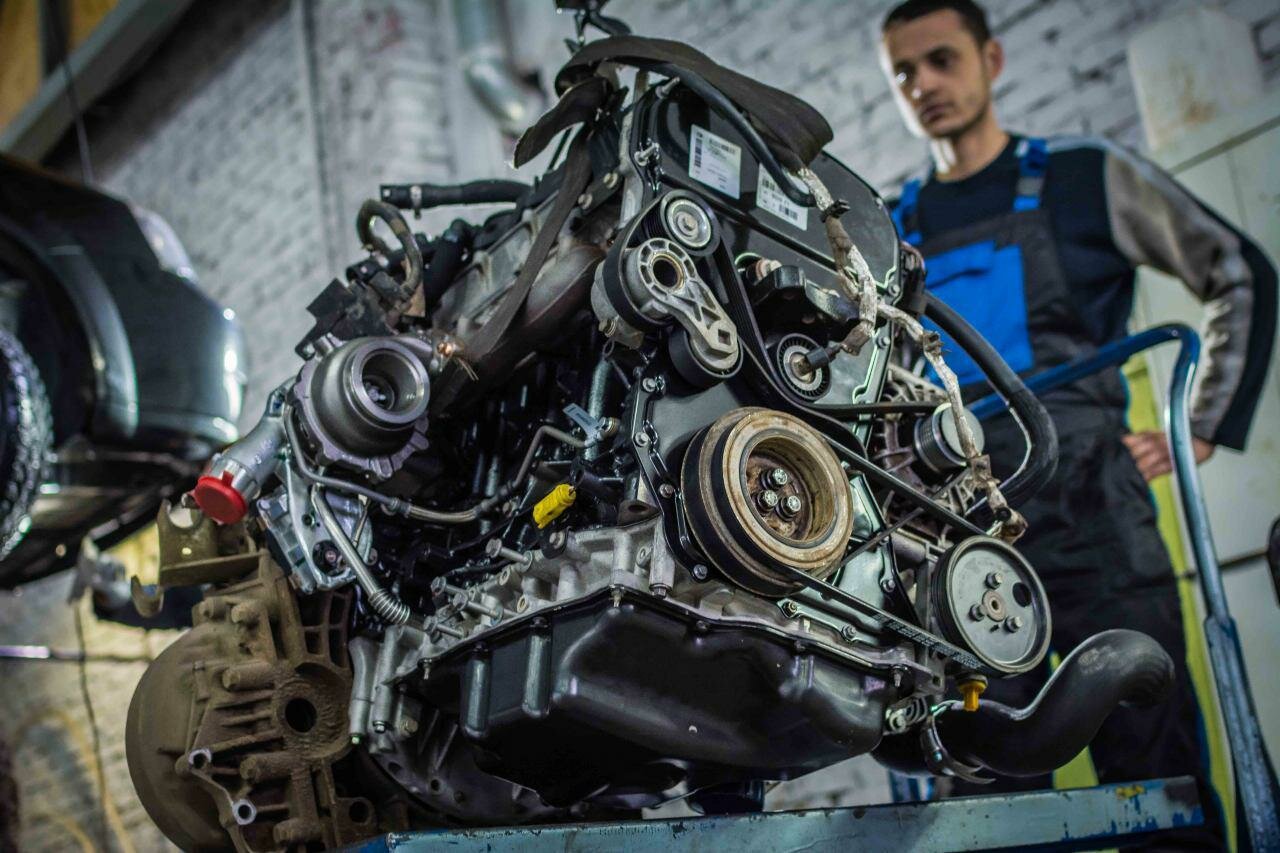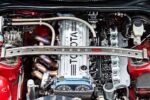Introduction
Are you a car enthusiast looking to give your vehicle a major performance upgrade? If so, you may have considered the thrilling prospect of a Hellcat engine swap. The Hellcat engine, known for its jaw-dropping power and exhilarating performance, has become a popular choice among automotive enthusiasts seeking to unleash the full potential of their rides. However, before diving headfirst into this engine swap endeavor, it’s crucial to understand the costs involved and what you can expect from such a modification. In this article, we will explore the financial aspects of a Hellcat engine swap, providing you with a blunt and straightforward breakdown of the expenses involved.
- Cost of the Hellcat Engine
- Labor and Installation Charges
- Additional Modifications and Upgrades
- Unforeseen Expenses
Now, let’s delve into each of these aspects to gain a comprehensive understanding of the financial commitment required for a Hellcat engine swap. Buckle up, as we embark on this no-nonsense exploration of the costs associated with this exhilarating modification.
The Cost Breakdown of a Hellcat Engine Swap
If you’re considering a Hellcat engine swap, it’s essential to have a clear understanding of the expenses involved. Let’s dive into the key factors that contribute to the overall cost of this exhilarating modification.
1. Cost of the Hellcat Engine
The first and most significant expense you’ll encounter is the cost of the Hellcat engine itself. A brand-new Hellcat engine can range anywhere from $20,000 to $25,000, depending on the specific model and any additional components included. Keep in mind that this price may vary based on factors such as availability and location.
2. Labor and Installation Charges
Installing a Hellcat engine requires a skilled technician with expertise in engine swaps. Labor costs can vary depending on the complexity of the installation and the shop’s hourly rate. On average, you can expect to pay between $3,000 to $6,000 for the labor and installation charges. It’s crucial to choose a reputable and experienced mechanic to ensure the job is done correctly and safely.
3. Additional Modifications and Upgrades
While the Hellcat engine itself delivers impressive power, you may want to consider additional modifications and upgrades to enhance the overall performance of your vehicle. These can include upgrading the fuel system, exhaust system, suspension, and brakes. The cost of these modifications can vary greatly depending on your preferences and the quality of the components chosen. Be prepared to spend an additional $5,000 to $10,000 on these upgrades.
4. Unforeseen Expenses
When undertaking any major modification, it’s essential to budget for unforeseen expenses that may arise during the process. These can include unexpected repairs, replacement parts, or additional labor hours. While it’s impossible to predict every potential expense, setting aside an extra 10-15% of your budget for contingencies is a wise decision.
Top views |
|
|---|---|
 |
Oil, Timing Chains, Pistons: What Really Kills an Engine Prematurely? |
 |
How to Choose a Car with a Reliable Engine: Used Car Market Hacks That Actually Work |
Conclusion
In conclusion, a Hellcat engine swap is an exciting and powerful modification that can transform your vehicle into a high-performance beast. However, it’s crucial to be aware of the financial commitment involved. The cost breakdown of a Hellcat engine swap includes the price of the engine itself, labor and installation charges, additional modifications, and potential unforeseen expenses. When budgeting for this modification, it’s essential to consider these factors and allocate funds accordingly. With careful planning and a realistic understanding of the costs, you can embark on this thrilling journey and experience the exhilaration of a Hellcat-powered ride.




0 Comments